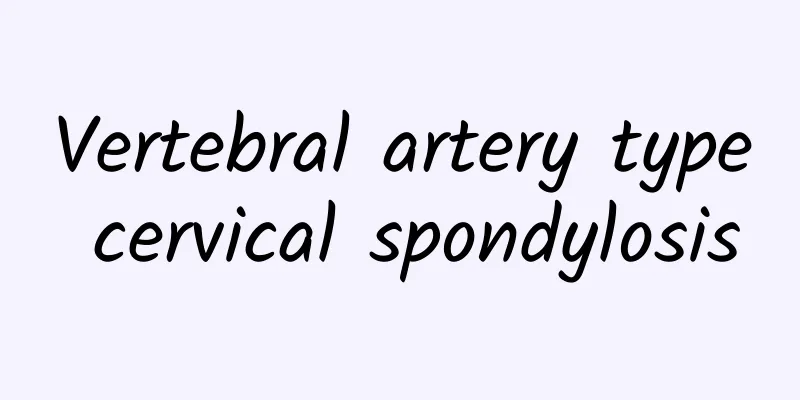Symptoms of cervical disc herniation

|
Many people may not know much about the problem of cervical disc herniation, but this disease has seriously affected the patient's physical health and daily life. Therefore, in life we need to pay more attention to some of the symptoms he may show. Only in this way can we better help us treat and solve this disease. Now let’s take a look at the symptoms of cervical disc herniation. If we want to better treat a disease, we first need to understand some of its symptoms. Only after understanding these symptoms can we find out whether we have this problem in time, so as to receive timely treatment and reduce adverse damage. 1. Central type The main manifestation is cervical spinal cord compression. This type of herniation was previously believed to be rare, but with the development of diagnostic technology, especially the advent of MRI technology, central cervical disc herniation is no longer rare. When the central part of the cervical intervertebral disc protrudes, the spinal cord is compressed, causing incomplete or complete paralysis of the limbs and abnormal urination and defecation; at the same time, the tendon reflexes of the limbs become hyperactive. Pathological reflex signs may appear positive, and may show decreased or absent sensation depending on the protrusion plane. 2. Lateral type Mainly radicular pain. The main symptoms are neck pain and limited movement, like a stiff neck, and the pain may radiate to the shoulder or occipital region; there is pain and numbness in one upper limb, but rarely on both sides at the same time; there is no obvious change in muscle strength. In between attacks, patients may have no symptoms. During physical examination, it was found that the head and neck were often in a stiff position with limited movement. There may be tenderness over the spinous process of the lower cervical vertebra and the scapula. If the head is tilted backward and toward the affected side, applying pressure to the top of the head can cause neck and shoulder pain, which radiates to the hands (i.e., a positive foraminal compression test). Stretching the affected upper limb can cause pain (i.e., a positive radicular stretch test). Sensory disturbances vary depending on the level of disc herniation (Table 1). The above is an introduction to the symptoms of cervical disc herniation. I hope that through these introductions everyone will have a more comprehensive understanding of this disease in daily life. As long as we understand its symptoms, we can better help us solve the harm caused by this disease and protect our health. |
<<: How to treat cervical spondylosis
>>: Nursing measures for coronary heart disease
Recommend
What are the types of nephritic syndrome? How to treat it?
As the pressure of life continues to increase, ma...
Why do men ejaculate immediately?
The so-called premature ejaculation refers to the...
How to drink fresh dandelion water
Dandelion is a very common food and one that can ...
What is the effect of rolling eggs with eyes
Many people often boil a hard-boiled egg, peel of...
Influenza A H1N1
There are many common diseases in life, and good ...
Why does my baby sweat a lot in summer?
Parents are most concerned about their baby's...
What causes anal itching during pregnancy?
Anal itching during pregnancy is a common problem...
How to get enough sleep
Lack of sleep due to busy work every day. Lack of...
Artificial humeral head replacement
The humeral head is actually the upper arm of the...
Medial geniculate body
The medial geniculate body is the medical name fo...
Back pain and burping
Back pain and burping also occur occasionally. Th...
Can I have a baby if I have mycoplasma?
Mycoplasma infection is highly contagious. If a m...
Is 37.8 degrees considered a fever?
Is 37.8 degrees considered a fever? Many people w...
Can cupping nourish the kidneys?
Cupping is a treatment method in Traditional Chin...
How to judge health from the palm of your hand?
There has always been a saying in China that one ...









